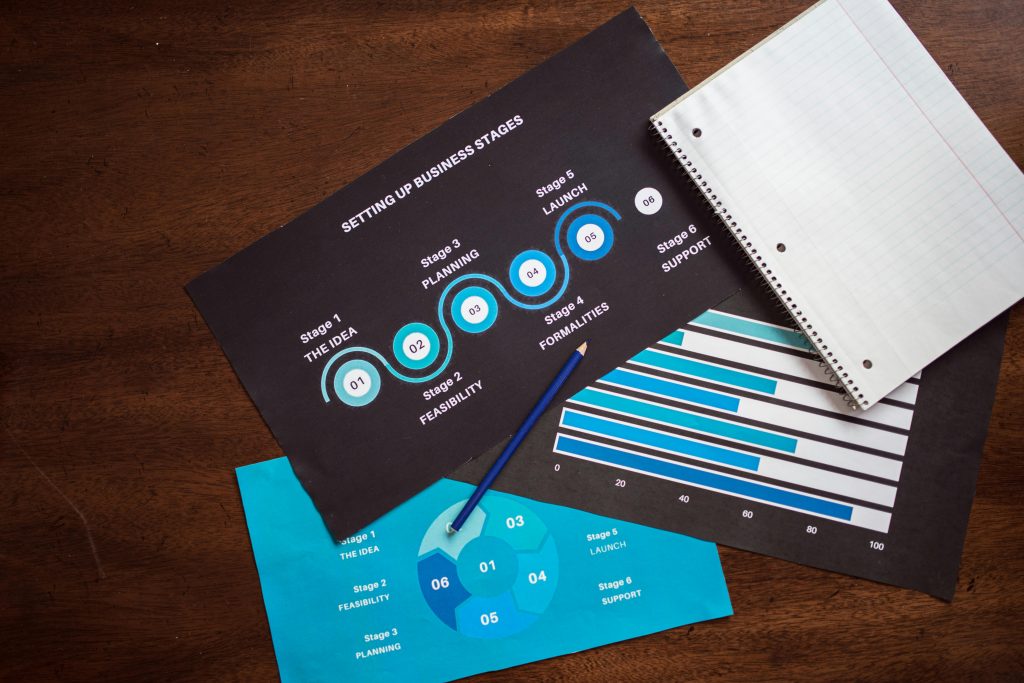Too many small business owners operate reactively—focused on surviving today rather than planning for tomorrow. Financial forecasting helps change that. By projecting revenue, expenses, and cash flow, businesses can anticipate challenges, seize opportunities, and make more confident decisions. Forecasts don’t have to be complex; even simple spreadsheets using past data can help you plan for seasonality, scaling, and strategic investments.
This post walks through the basics of creating a financial forecast, including sales projections, fixed and variable costs, and break-even analysis. It also highlights tools like QuickBooks, Xero, or Google Sheets templates that simplify the process. Whether you’re planning to hire, launch a new product, or secure funding, strong financial forecasts can make the difference between steady growth and surprise setbacks.



